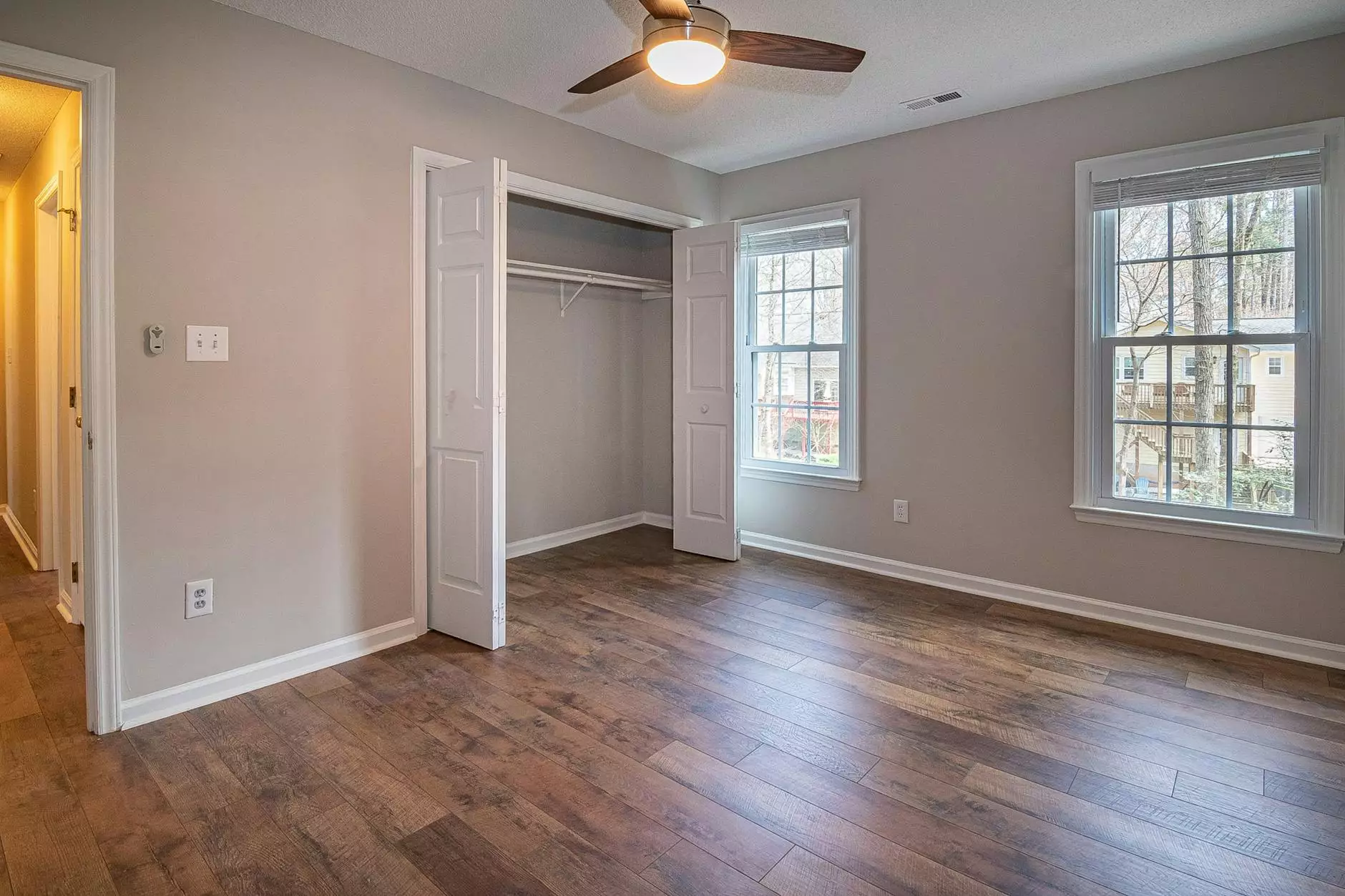How to Fix Common Ceiling Fan Issues
Ceiling Fans
Introduction
Welcome to Best DIY Furniture Paint's comprehensive guide on fixing common ceiling fan issues. Ceiling fans are a popular choice for cooling and providing ventilation in our homes, but they can sometimes encounter problems that affect their performance. In this guide, we'll walk you through troubleshooting and resolving these issues, helping you ensure that your ceiling fan functions optimally.
1. Poor Airflow
If you notice reduced airflow from your ceiling fan, there are a few potential causes to consider:
- Dust accumulation: Dust that gathers on the fan blades can hinder airflow. Regularly clean the blades, ensuring they are free from dirt and dust.
- Reversed direction: Check if your ceiling fan is spinning in the correct direction for the season. During summer, the blades should rotate counterclockwise to create a cooling effect, while in winter, they should rotate clockwise to circulate warm air.
- Inadequate speed setting: Ensure that your fan is set to the appropriate speed for the desired airflow. Adjusting the fan's speed may help improve the circulation of air.
2. Noisy Operation
If your ceiling fan is making excessive noise, follow these steps to identify and resolve the problem:
- Loose screws or connections: Check all the screws and connections within the fan to ensure they are tightly secured. Loose components can create rattling or humming sounds.
- Damaged or warped blades: Inspect the blades for any signs of damage or warping. If you notice any issues, consider replacing them to eliminate noise caused by imbalanced rotation.
- Worn-out motor bearings: Over time, the motor bearings can wear out and cause grinding or squeaking sounds. Lubricate or replace the bearings to fix the issue.
3. Fan Blades Not Spinning
If your ceiling fan isn't spinning at all, try these troubleshooting steps:
- Ensure the power supply: Make sure that the ceiling fan is receiving power. Check the circuit breaker or fuse box to verify if there's an electrical issue.
- Check the pull chain switch: The pull chain switch may be stuck or faulty. Test the switch and consider replacing it if necessary.
- Inspect the capacitor: The capacitor is a crucial component that aids in starting the fan's motor. If it's defective, the blades won't spin. Consider replacing it or seek assistance from a professional electrician.
4. Wobbling Ceiling Fan
A wobbling ceiling fan can be both an annoyance and a safety concern. Follow these steps to stabilize the fan:
- Check for loose screws: Ensure that all screws, bolts, and connections are securely tightened. Loose parts can cause the fan to wobble.
- Balance the blades: Use a balancing kit to correct imbalances in the fan blades. This will help minimize wobbling and vibrations.
- Inspect mounting bracket and downrod: Make sure the mounting bracket and downrod are secure and properly installed. Any instability in these components can cause wobbling.
5. Remote Control Malfunction
If your ceiling fan is controlled by a remote and it's not functioning correctly, try these troubleshooting tips:
- Check the batteries: Ensure that the batteries in the remote control are not depleted. Replace them if needed.
- Reset the remote control: Sometimes, resetting the remote control can resolve connectivity issues. Consult the fan's manual for instructions on how to reset the remote.
- Reprogram the remote: If the remote doesn't respond, it may need to be reprogrammed. Follow the manufacturer's guidelines for reprogramming the remote control.
Conclusion
By following the troubleshooting steps provided in this guide, you can address common ceiling fan issues and ensure that your fan operates smoothly. However, if you encounter complex problems or feel uncomfortable performing the repairs yourself, it's always recommended to seek professional assistance. At Best DIY Furniture Paint, we hope this guide has been helpful in resolving your ceiling fan issues and improving your overall comfort and satisfaction.










